How to Prepare Authentic Vincentian Blackfish Dishes
37 min read Learn ingredients, techniques, and context to prepare authentic Vincentian blackfish dishes, from seasoning to braising, with classic sides like breadfruit and callaloo. October 03, 2025 18:07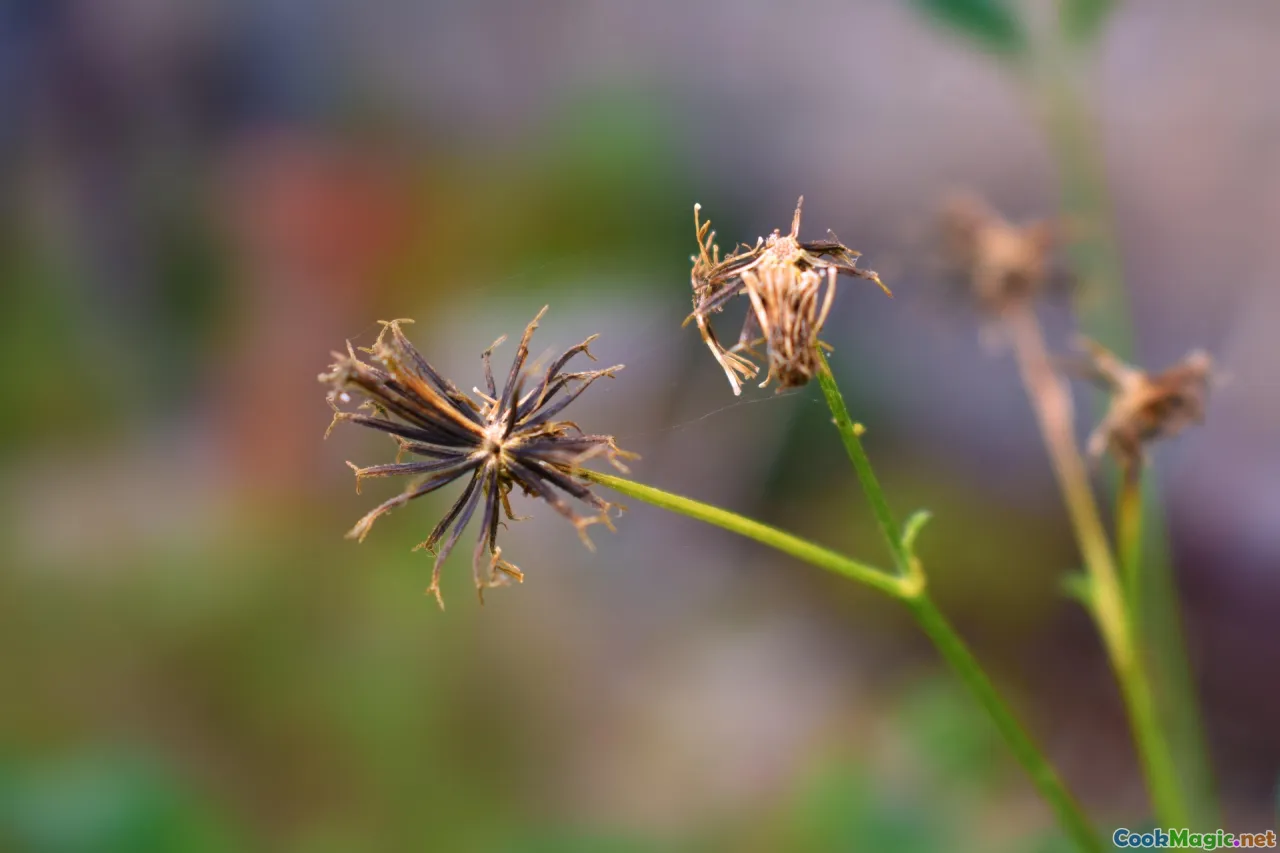
The first time I smelled blackfish on the wind, I was in Barrouallie at daybreak, where the sea slaps the boulders with a patient rhythm and smoke curls from oil drums like ribboned incense. The vendors were already laughing, bone-handling fish with a grace that looks like dance. On a plank table, coils and slabs of blackfish—ink-dark skin clinging to ruddy meat, bands of pearl-fat running like shoreline on a map—were stacked like precious cargo. A woman in a cobalt apron pressed a piece into my palm. Chew, she said. It will tell you how to cook it. The meat pushed back gently; the smoke was clean; the brine remembered the deep. I bought two pounds and a story I have been tasting ever since.
Preparing blackfish—pilot whale, in the Vincentian sense—is a culinary ritual bound up with sea, smoke, and history. In Saint Vincent and the Grenadines, especially in Barrouallie and across the Grenadines, blackfish means family tables set with boiled ground provisions, bowls of pepper sauce gleaming like hot suns, and a pot on the fire that clicks and sighs in time with conversation. It also means an ethic: know where it came from, respect the people who bring it to market, and cook with care so that smoke and salt amplify rather than overwhelm. If you have ever stood near the Barrouallie wharf and caught the scent of blackfish stew lifting from a pot down an alley—coconut sweet, bay-leaf bright, a whisper of iron and tide—you already know why this ingredient inspires loyalty.
In this guide, I’ll walk you through authentic Vincentian blackfish dishes from market to plate. We will talk about the history that seasons the pot, the best ways to prepare and tenderize different cuts, the holy matrimony of blackfish with breadfruit, and the quiet magic of rundown. Alongside technique, you’ll find sensory cues—what you should hear, smell, and feel—so that even if you’re cooking far from Kingstown Market or the Port Elizabeth jetty, you can recreate the Vincentian soul of the dish.
What Vincentians Mean by Blackfish

Walk through Kingstown Market and ask for blackfish; you’ll likely be directed to a vendor with bundles of smoked, salted, or freshly cooked pieces, not delicate fillets but robust coils and nuggets. In Saint Vincent and the Grenadines, blackfish refers to pilot whale, traditionally harvested by small communities—most famously Barrouallie on the leeward coast. The word carries, for many, memory and skill: of men reading swells and moon, of smokehouses, of aunties rinsing and cutting meat with a practiced eye.
Here, blackfish is not a novelty. It’s a food with deep roots, appearing in souse for Saturday limes, in steaming brown stews at anniversaries, and in everyday suppers beside dasheen or green banana. My own initiation happened outside the Catholic church in Barrouallie after morning mass, where a woman named Ms. Rhona ladled me a small bowl of blackfish stew and told me to let the pepper hit slow. It was not a dish that announced itself with fireworks. It moved like tide, rolling sweet and spice and smoke up to the surface, then tucking back.
The tradition is specific and sensitive. Regulations, seasons, and community norms shape how blackfish is procured and sold. In some years, more is available; in others, you might see only a few coils at the edge of a smoked fish stall. Buy from reputable vendors. Ask questions. And if you’re abroad, look for legal, sustainably sourced alternatives that honor the technique without distorting the values behind it. More on that shortly.
Sourcing and Ethics: How to Buy, What to Ask

If you’re in Saint Vincent, the most direct places to buy blackfish are:
- Barrouallie roadside and wharf: small bundles of smoked or salted pieces sold by weight; sometimes fresh cooked portions in gravy in reusable containers.
- Kingstown Market (Bay Street area): look for the fish section; vendors will know who has blackfish that day. You might hear them call out, Blackfish! Fresh smoked! Blackfish souse ready!
- Bequia (Port Elizabeth): occasional availability, often on market days or during festivals.
How to talk to a vendor:
- Ask about the cut. The belly portions carry more blubber and render into silken richness; the tail and leaner portions hold firmer bite. Belly is excellent for rundown and stews; lean cuts crumble better for rice dishes and souse.
- Ask whether it’s heavily smoked or lightly smoked. Heavy smoke demands longer soaking and simmering; light smoke keeps marine sweetness more evident.
- If salted, ask how long it has been curing. A very hard, heavily salted piece benefits from a longer desalting ritual.
- Ask how the vendor would cook it. You will get a thesis in ten seconds—priceless.
Ethical footnote for cooks abroad: not every country permits the sale of whale products, and not every source is legal or ethical. If you cannot find a legitimate source, use a substitute that mimics the sensory profile and honors the Vincentian methods. Good substitutes include:
- Smoked marlin or smoked swordfish belly (for fatty cuts in rundown)
- Hot-smoked mackerel or bluefish (for rice and souse style dishes)
- Salted beef or salted pork belly (for texture cues in brown stews; different flavor but similar technique)
The talk in Vincentian kitchens is increasingly about respect—for seasons, for quotas, for the sea. That respect belongs in your pot.
Anatomy of Flavor: Skin, Fat, and Meat
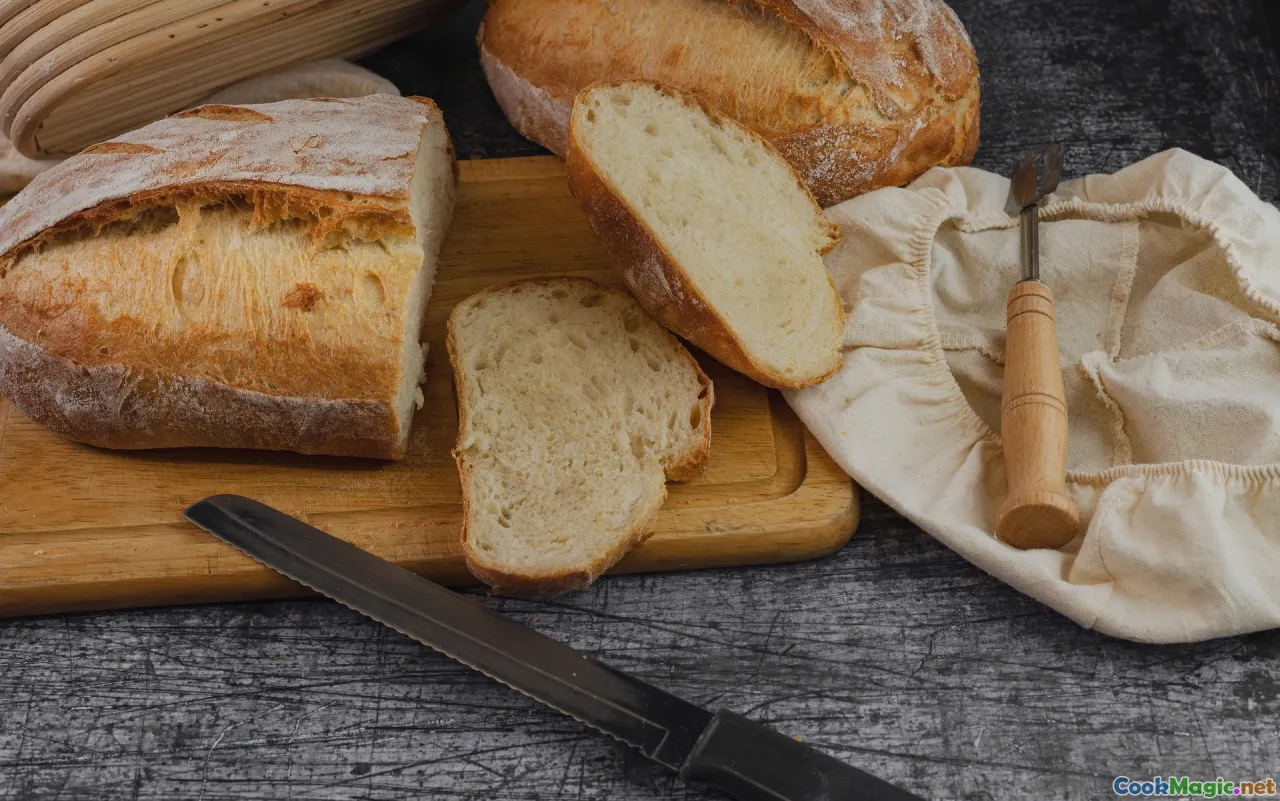
Blackfish comes as layered coils or slabs, typically composed of:
- Skin: glossy, deep black rind with an almost lacquered sheen when smoked. It grills to a gentle chew and carries smoke beautifully.
- Blubber/fat: a pale, translucent layer that softens with heat, basting the meat as it cooks. Properly rendered, it goes from waxy to silk, carrying spice oils like a slow river.
- Meat: deep reddish-brown, muscular and leaner than the fat; it holds onto smoke and salt. When braised, it firms rather than flakes, giving the dish its satisfying chew.
Different dishes emphasize different layers. Rundown coaxes the fat to mingle with coconut milk until the sauce gets glossy and dense. Brown stew balances firm meat with caramelized aromatics. Souse wants leaner pieces that won’t melt into the pickle.
Cooking across the grain helps retain tenderness; long, gentle moist heat preserves the structure while taming chew. Think of blackfish as you might think of brisket or oxtail: patience transforms. Your senses will guide you. When the fat turns from chalky to translucent and shivers slightly at a spoon’s touch, you’re in the right zone.
The Pre-Prep: Soak, Blanch, and Green Seasoning

Every Vincentian cook I’ve met begins with respect for both salt and smoke. If your blackfish is heavily salted or heavily smoked, do this before any recipe:
- Rinse briefly under cool water to remove surface grit.
- Soak in fresh water for 30–60 minutes with a handful of sliced ginger, a cracked bay leaf, and the juice of a lime. This opens the aromas and starts to draw off the excess salt.
- Blanch: Bring a pot of water to a simmer. Add the blackfish and let it bubble gently for 5–10 minutes. You’ll smell the difference; the harsh edge lifts, replaced by rounder smoke and marine sweetness. Drain and rinse.
From here, many cooks season with a classic Vincentian green seasoning, a paste that belongs in almost everything savory:
- Handful of culantro (chadon beni) or cilantro if unavailable
- Scallions and a small bunch of parsley
- Fresh thyme sprigs
- Garlic and a nub of ginger
- Scotch bonnet pepper (to taste), seeds removed for less heat
- A few pimento (allspice) berries
- A splash of vinegar and a spoon of oil
- Salt only if your blackfish is already well desalted; otherwise, skip
Blend into a bright green pulp. Smear it across the blackfish and let it sit while you prep the pot. The fragrance—a green snap of thyme, that citrusy whisper from culantro, ginger warmth—will lift the kitchen.
Recipe: Barrouallie-Style Blackfish Brown Stew
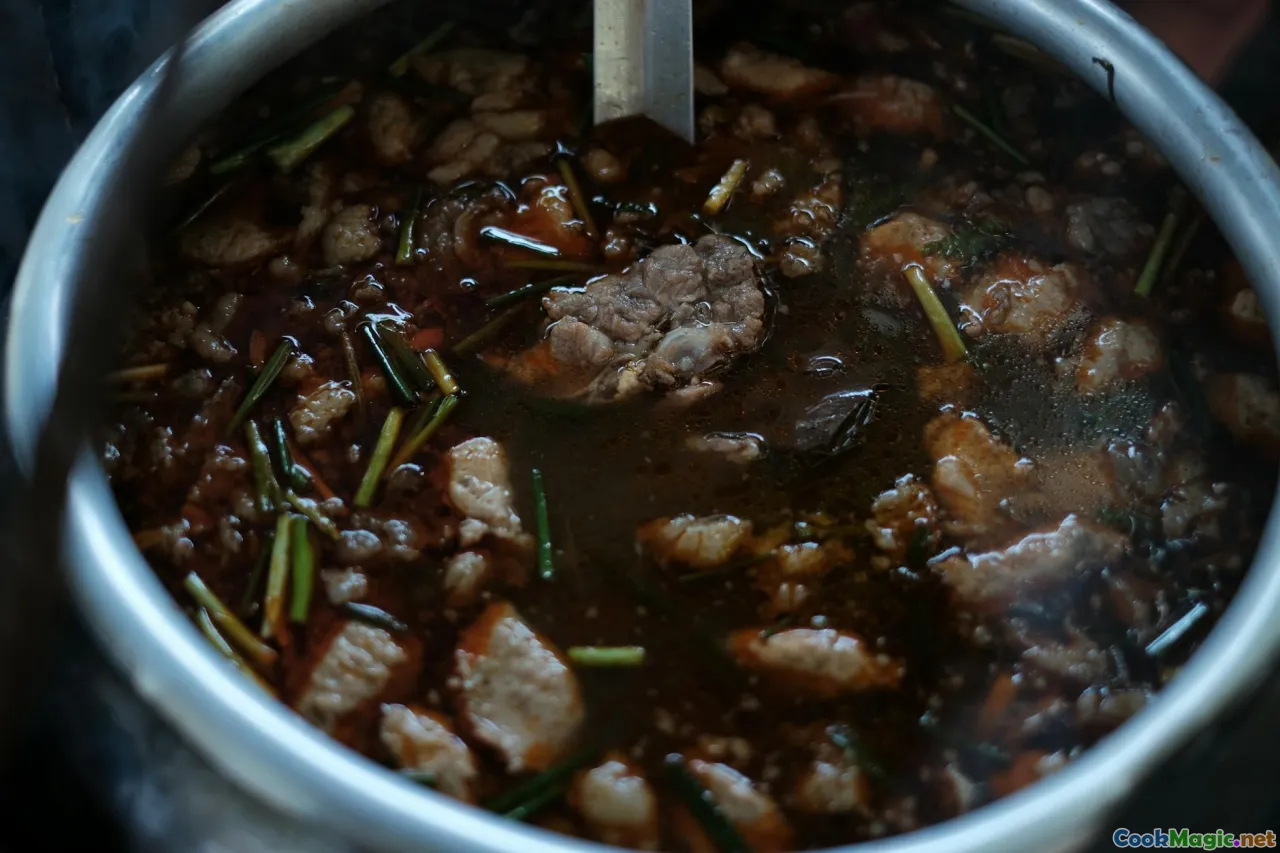
This stew is what I think of when I see afternoon light fall across an enamel bowl. It’s hearty, glossy, savory-sweet with a pepper backbone, and perfect with roasted breadfruit or a heap of boiled ground provisions.
Serves 4–6
Ingredients:
- 2 lb smoked-salted blackfish, soaked and blanched as described
- 2 tablespoons green seasoning
- Juice of 1 lime
- 2 tablespoons oil (coconut or vegetable)
- 1 tablespoon brown sugar (or a splash of Caribbean browning sauce)
- 1 large onion, sliced
- 4 cloves garlic, crushed
- 1 Scotch bonnet pepper, whole with a slit, or chopped for more heat
- 2 sprigs thyme
- 1 teaspoon allspice (pimento) berries, lightly crushed
- 2 tomatoes, chopped
- 1 medium sweet pepper, sliced
- 2 cups water or light fish stock
- 1 small bay leaf (West Indian bay if you have it)
- 1 tablespoon salted butter (optional but glorious)
- Black pepper to taste
Method:
- Marinate: Toss the blackfish with green seasoning and lime juice and set aside for 20 minutes.
- Make the caramel base: Heat the oil in a large heavy pot over medium heat. Sprinkle in the brown sugar and let it melt and darken until it’s the color of polished mahogany, emitting a toffee aroma. This is your stew’s heartbeat—be attentive but fearless.
- Build the aromatics: Slide in the onions and stir as the caramel grabs them. Add garlic, thyme, Scotch bonnet, and allspice. The scent should now be deep, almost rummy, with spice prickling your sinuses.
- Add blackfish: Tumble in the blackfish, letting the pieces sear lightly and pick up color.
- Tomatoes and pepper: Add chopped tomatoes and sweet pepper. Stir until the tomatoes collapse.
- Simmer: Pour in water or stock just to barely cover. Add bay leaf. Bring to a simmer, then reduce heat. Cook, partially covered, for 45–60 minutes, stirring occasionally. If it gets too tight, splash with hot water.
- Finish: Stir in the butter for sheen. Adjust seasoning with black pepper and, if needed, a pinch of sugar to balance. Remove the Scotch bonnet if it threatens to hijack the pot.
You’ll know it’s ready when the fat glistens across the surface, the sauce coats a spoon like velvet, and a piece of blackfish eaten from the pot resists once before yielding. Serve with roasted breadfruit and a bright cucumber salad to cut the richness.
Roast Breadfruit: The Partner Dish
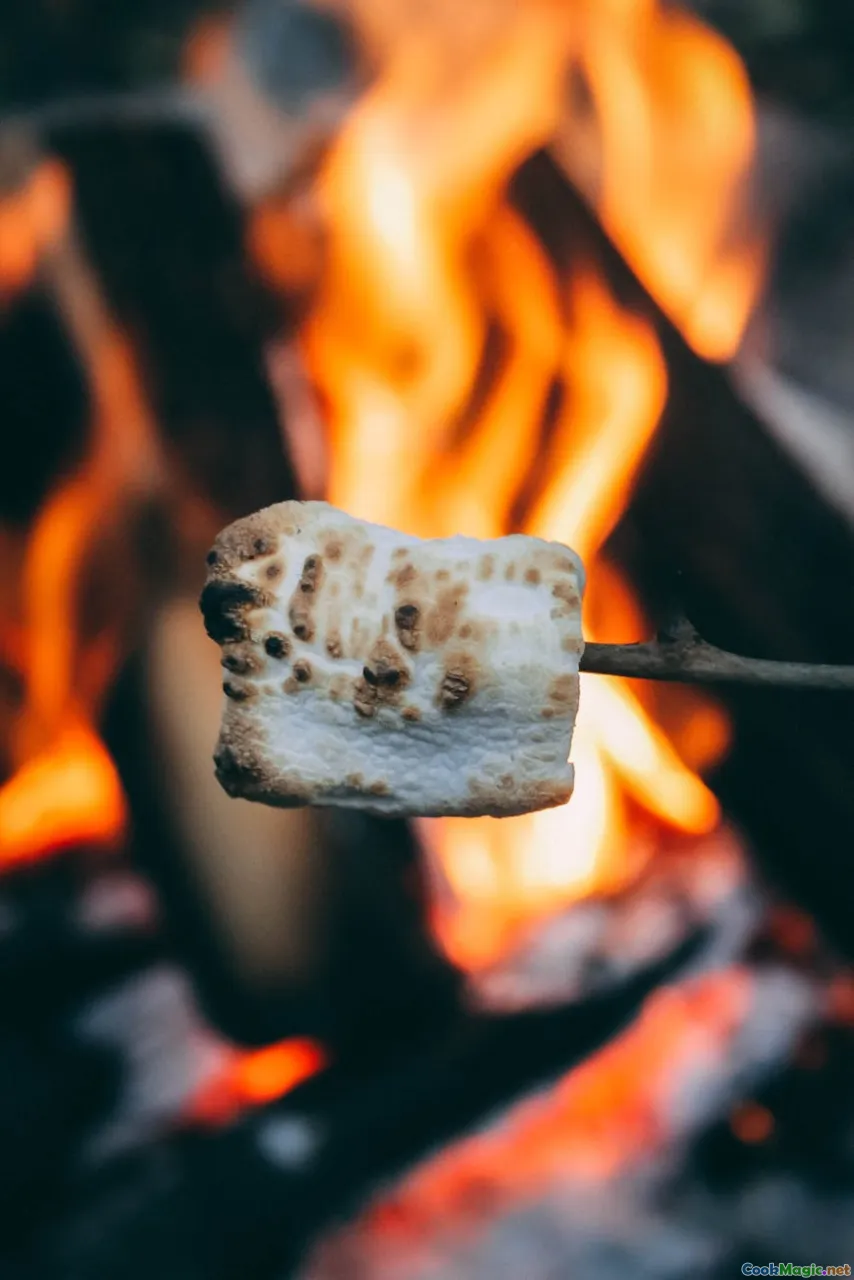
In Saint Vincent, roast breadfruit is a ceremony of smoke and patience. Even though the national pairing is roasted breadfruit with fried jackfish, blackfish and breadfruit go together like two elders who have learned each other’s steps.
To roast traditionally, tuck a whole breadfruit into the embers of an outdoor fire, turning as the skin blisters, blackens, and crackles. Indoors, you can approximate it:
- Pierce a medium breadfruit with a skewer in several places. Place on a baking sheet and roast at 400°F (200°C) for 60–75 minutes, turning once, until the skin is deeply browned and the fruit feels tender when pressed.
- Let cool slightly. Peel the burnt skin (it will shed like bark). Cut into wedges and remove the core. Brush with coconut oil and sprinkle with a pinch of salt.
Texture-wise, good breadfruit will be close-grained, almost cake-like, with a faint chestnut sweetness. It drinks up blackfish gravy like hungry earth after rain.
Recipe: Blackfish Rundown with Callaloo and Coconut

Rundown is island alchemy: coconut milk reduced until it thickens and splits, transforming into a sauce that clings and glimmers. With blackfish belly, rundown becomes a hymn to texture.
Serves 4
Ingredients:
- 1.5 lb blackfish, belly preferred, soaked and blanched
- 2 cups coconut milk (fresh if you can, canned if not)
- 1 cup coconut cream or an extra 1/2 cup milk plus 1 tablespoon coconut oil
- 1 small onion, finely chopped
- 3 cloves garlic, minced
- 2 scallions, sliced
- 1 small bunch callaloo (taro leaves) or spinach, chopped
- 1 Scotch bonnet pepper, pierced
- Few sprigs thyme
- 6–8 allspice berries
- 1-inch piece fresh ginger, sliced
- 1 small tomato, diced, or 1 tablespoon tomato paste
- Salt only if needed; blackfish may still carry salt
- Squeeze of lime to finish
Method:
- Base: In a wide pan, combine coconut milk and cream. Add onion, garlic, scallions, thyme, ginger, allspice, and Scotch bonnet. Bring to a gentle simmer. The surface will shimmer and hiss softly.
- Reduce: Let the coconut mixture bubble lazily for 10–15 minutes, stirring now and then as it thickens. You’re looking for the moment when the oil begins to separate—tiny droplets surfacing like fireflies.
- Add blackfish: Nestle in the pieces. Add tomato. Simmer on low for 25–35 minutes, turning the blackfish occasionally so every side glazes. If it threatens to split too far, splash with a bit of water and stir.
- Greens: Stir in callaloo or spinach in the last 8–10 minutes, letting the greens soften into the sauce.
- Finish: Taste. A squeeze of lime snaps everything into focus.
Serve with boiled green banana, sweet potato, or a heap of rice. The aroma—a coconut creaminess braided with allspice and ginger—will drift through the house.
Recipe: Saturday Blackfish Souse
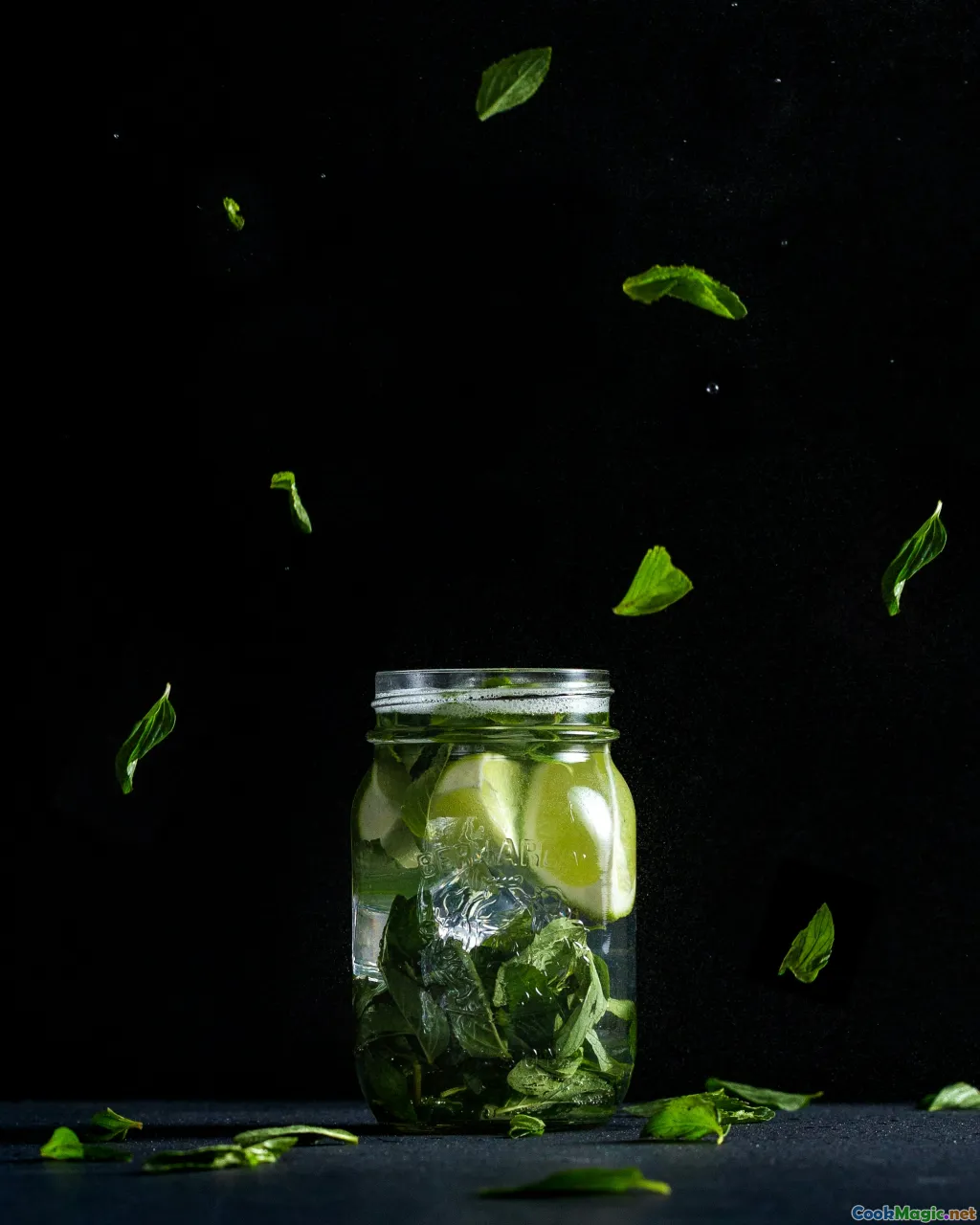
Souse is an island love letter to acidity. In Vincentian homes, you’ll find souse bubbling in conversation as much as in bowls at a Saturday lime. Blackfish leans into this style perfectly: lean pieces lightly blanched, then marinated in a bright, peppery brine.
Serves 6 as a snack
Ingredients:
- 1 lb lean blackfish, soaked, blanched, and cut in small cubes
- 1 large cucumber, thinly sliced
- 1 small red onion, thinly sliced
- 2 scallions, chopped
- Handful fresh parsley and a few leaves of culantro, chopped
- 1 Scotch bonnet, thinly sliced (or kept whole for less heat)
- 1 teaspoon crushed allspice berries
- 1 bay leaf
- Juice of 5–6 limes (enough to generously cover)
- 1/2 cup water
- 1 teaspoon sugar
- Salt only if needed; often unnecessary
Method:
- In a glass or nonreactive bowl, combine cucumber, onion, scallions, herbs, Scotch bonnet, allspice, and bay leaf.
- Add blackfish. Pour over lime juice and water. Sprinkle in sugar. Toss lightly.
- Cover and chill at least 2 hours. The cucumber should turn glassy, the onions blush pink, and the blackfish firm slightly.
Serve cold in small bowls with toothpicks alongside fried bakes. The brine should prickle and wake your tongue, perfect with an icy Hairoun beer.
One-Pot Comfort: Blackfish Rice with Pigeon Peas

There is a particular joy in dishes that cook the starch and protein together, each lending flavor to the other. For a weeknight Vincentian-leaning supper, make blackfish rice.
Serves 4–6
Ingredients:
- 1.5 cups long-grain rice, rinsed
- 1 cup cooked pigeon peas (or canned, rinsed)
- 1 lb blackfish, soaked and blanched, cut into small chunks
- 1 tablespoon oil
- 1 small onion, chopped
- 2 cloves garlic, chopped
- 2 thyme sprigs
- 1 small sweet pepper, diced
- 1 tomato, diced
- 1 teaspoon paprika (optional, for color)
- 2 cups light coconut milk (or water)
- Salt and pepper to taste
Method:
- Sauté aromatics: Warm oil in a heavy pot. Sauté onion, garlic, thyme, and sweet pepper until fragrant.
- Add blackfish and tomato. Stir for a minute.
- Add rice and peas; stir so the grains glisten.
- Pour in coconut milk. Bring to a boil, then reduce to low, cover, and cook 18–20 minutes, until rice is tender and has absorbed most of the liquid.
- Rest covered for 5 minutes, fluff gently, and sprinkle with chopped scallion.
Each spoonful delivers supple rice scented with thyme and a smoky thrum from the blackfish.
Morning Bite: Blackfish and Bakes
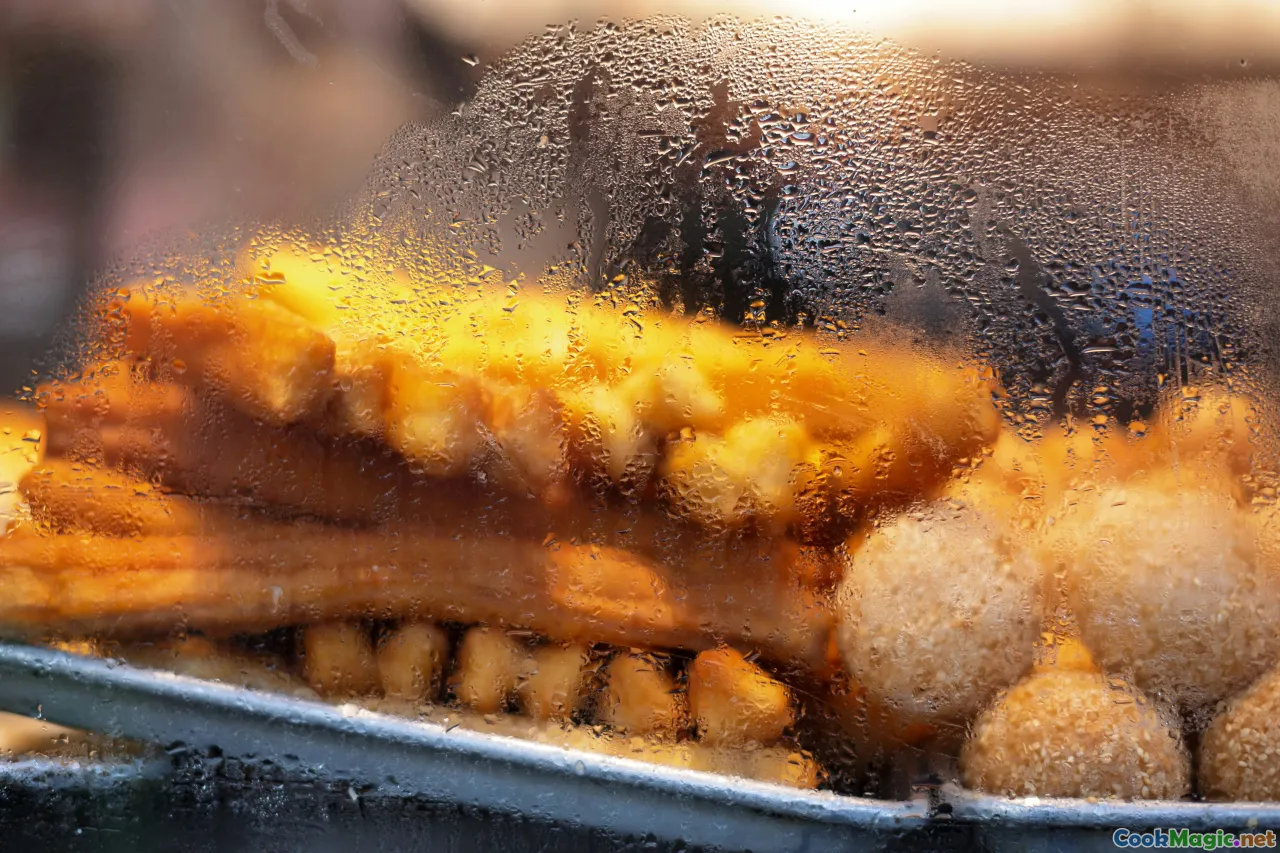
Vincentian fried bakes—puffy rounds of dough, golden and tender—are the perfect vehicle for savory fillings. If you have a little leftover blackfish from stew or souse, warm it gently and tuck into a split bake with a dot of pepper sauce and a sliver of ripe tomato.
Bake dough (quick version):
- 2 cups flour
- 2 teaspoons baking powder
- 1 teaspoon sugar
- 1/2 teaspoon salt
- 1 tablespoon soft butter
- About 3/4 cup water
Rub butter into the dry ingredients, add water to form a soft dough, rest 15 minutes, then pinch off golf-ball pieces. Flatten and fry in 350°F (175°C) oil until puffed and golden, about 2 minutes per side. Drain on paper. The crust should crackle just a bit as your teeth find the airy middle, then the blackfish brings smoke and salt.
Spice Map: The Vincentian Palette
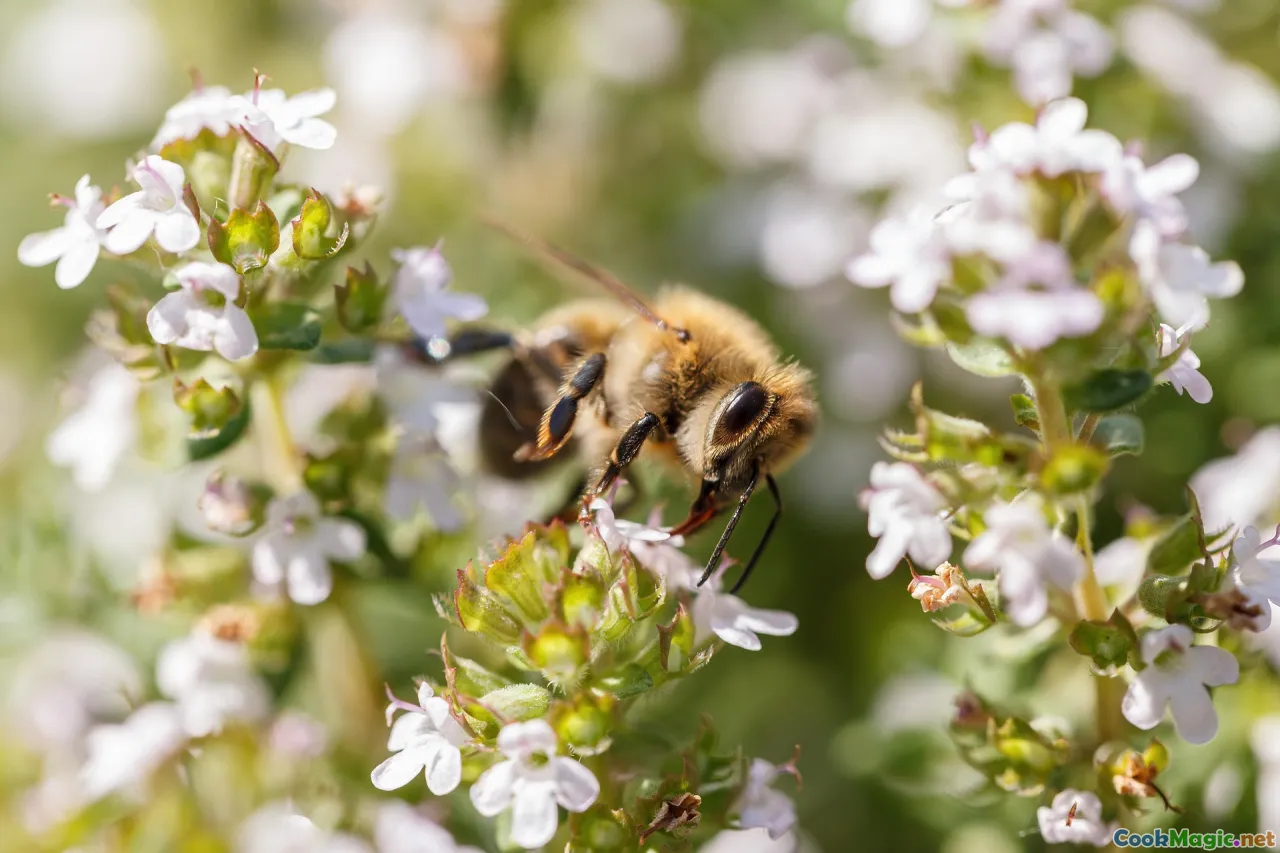
What you taste across blackfish dishes is a chorus of familiar island notes:
- Thyme: the herbal anchor; sprigs infuse, leaves cling.
- Allspice (pimento): berry-warm, clove-cinnamon-nutmeg in one; it’s the Caribbean heartbeat.
- Scotch bonnet: fruity heat; leave it whole for perfume, slice for fire.
- Culantro (chadon beni) and scallion: a fresh green bite.
- Bay leaf (West Indian bay): a deeper, perfumed bay, like the afterglow of cologne.
- Ginger: citrusy-woody brightness that lifts fatty sauces.
These are not mere accents; they are structure. Learn how each behaves with time and temperature. Thyme and allspice benefit from longer steeps; Scotch bonnet is best introduced early but watched carefully. Culantro prefers to arrive at the end or as part of a marinade so its green breath stays clear.
Technique Lab: Managing Chew, Salt, and Smoke
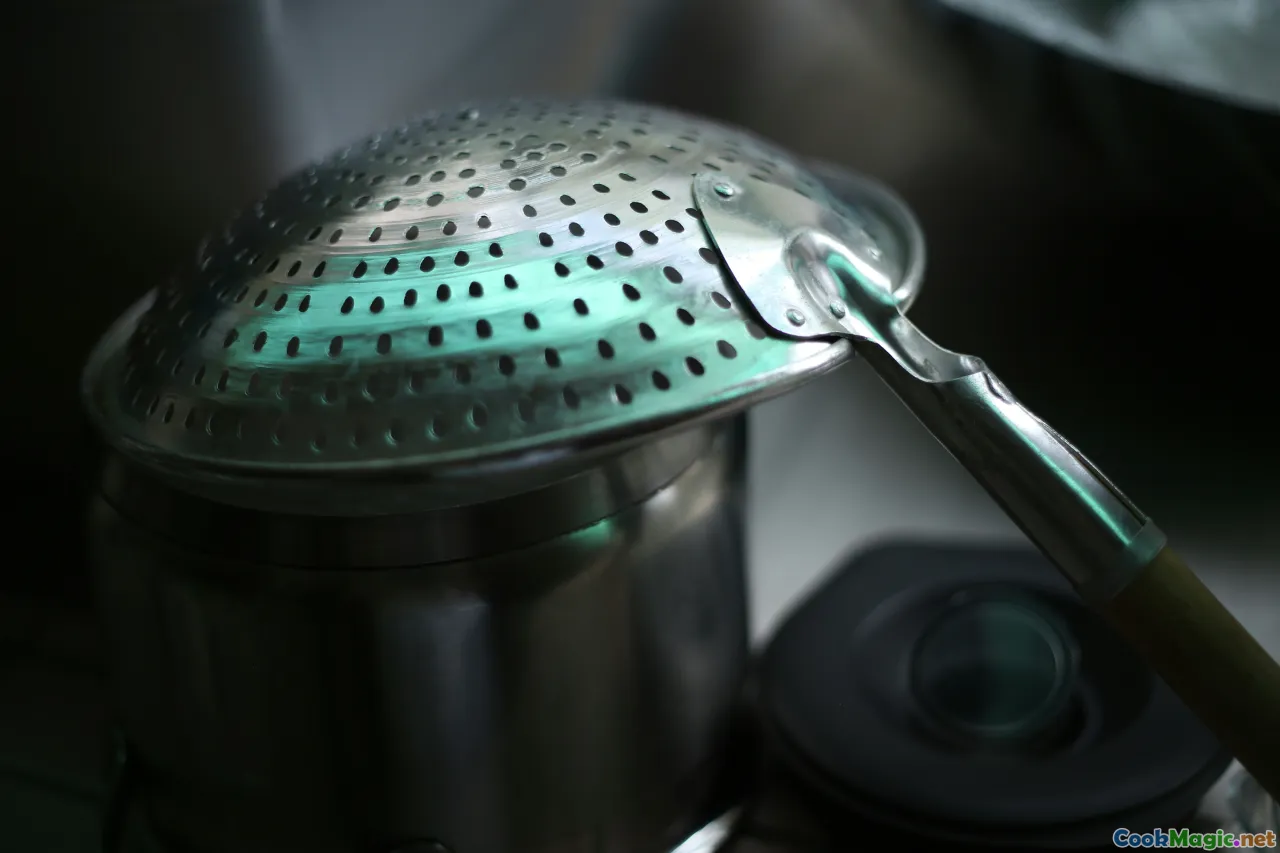
- Tenderness: Blackfish rewards patience. For stews, a 45–60-minute gentle simmer is typical. A pressure cooker will do it in 20–25 minutes on low pressure; keep the liquid flavorful, as pressure amplifies whatever you put in the pot.
- Salt: Always taste the soaking water to judge. If it’s aggressively salty after 30 minutes, change the water and soak again. Blanching is your friend; don’t skip it. In the pot, use restraint with added salt until the final 10 minutes.
- Smoke: If your blackfish is very smoky, add an extra tomato or even a small diced carrot to your stew. Natural sugars help round out assertive smoke.
- Fat rendering: In rundown, allow enough time for the blubber to surrender its richness into the coconut base. If the sauce looks greasy rather than glossy, whisk in a tablespoon of coconut milk to emulsify, or stir in a handful of chopped greens.
Condiments and Sides: The Bright and the Calm

Balance richness with acid and crunch. A few easy partners:
- Pepper sauce: Blend Scotch bonnet with vinegar, garlic, mustard seeds, and a pinch of turmeric. Let it ferment on the counter for a day or two, then refrigerate. A single drop on blackfish stew will flick a light on.
- Cucumber chow: Toss sliced cucumber with lime, salt, a little sugar, chadon beni, and thin slivers of Scotch bonnet. Serve cold.
- Boiled provisions: Dasheen, eddoe, sweet potato, cassava, plantain, green banana—boil in salted water with a bay leaf until tender. Drizzle with coconut oil and a pinch of salt.
Drinks and Pairings: What Vincentians Pour
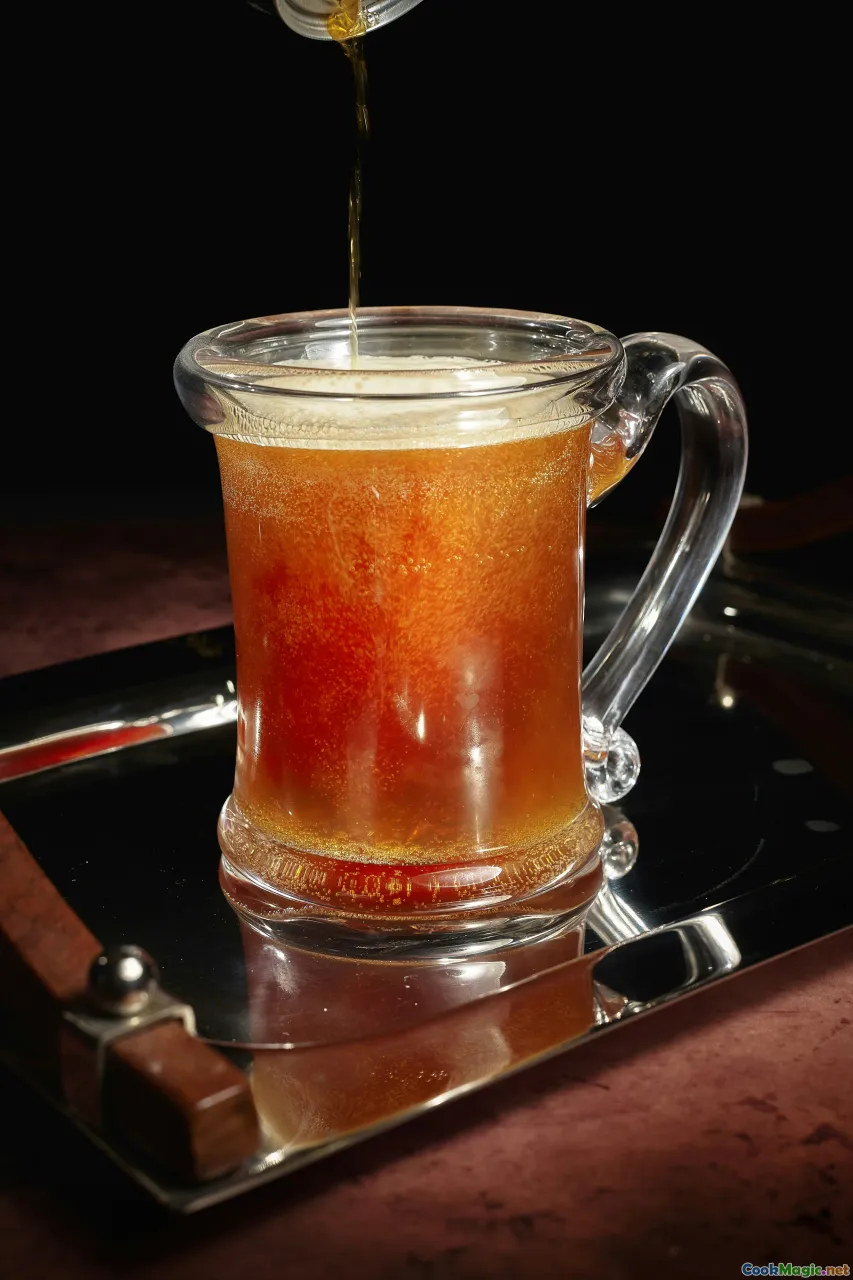
- Hairoun beer, brewed in Saint Vincent, is crisp enough to rinse the palate between bites.
- Mauby, that gently bitter bark drink, sweet-spiced and herbal, is a contemplative match for rundown.
- Sorrel (hibiscus) with clove and ginger sings against pepper heat.
- A measured tot of local rum—say Sunset’s stern backbone—belongs after dinner, maybe with a slice of cake, while the pot cools and conversation keeps.
Story Time: Nine Mornings and a Pot on the Stove
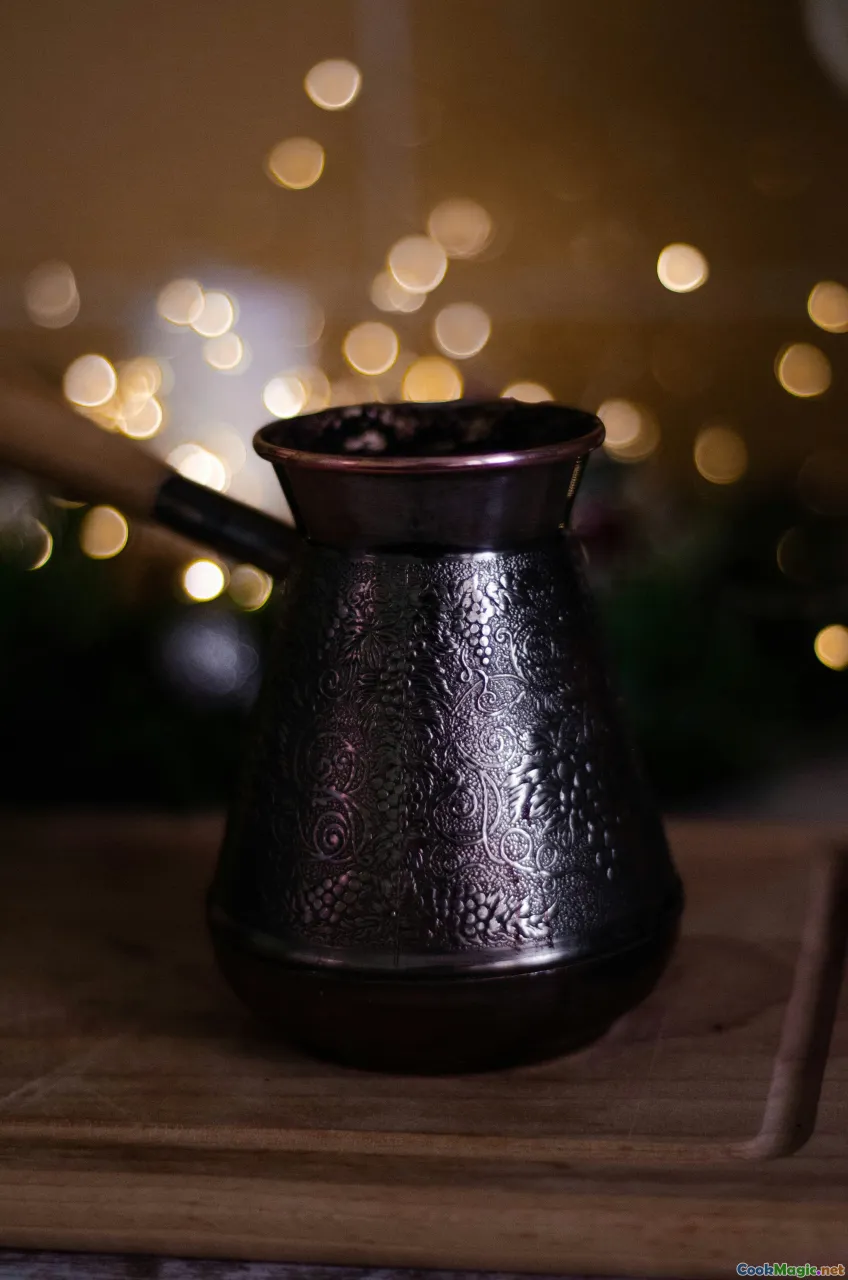
If you find yourself in Saint Vincent during Nine Mornings—the pre-dawn festivals in the nine days before Christmas—you’ll feel the island wake up through rhythm and appetite. People dance in the half-light, children race for prizes, and vendors set out trays of treats: sweet bread, saltfish accra, bakes. Two years ago, Ms. Iona in Layou invited me into her kitchen at 4:15 a.m. for a bowl of blackfish rice. The pot was wide and blackened; the steam smelled of thyme and allspice. She told me about her father leaving before sunrise to check the sea and her mother making rice and peas on the coal pot. The rice glowed with coconut sheen; a small Scotch bonnet bobbed like a candle. I ate standing up, leaning into the counter, while outside a soca track hopped through the speakers.
That bowl taught me something more than measurements. It taught me timing: how long to keep the lid on and when to crack it; how to wait for the moment when the rice stops shining wet and starts looking like small pearls; how to stir only when you must. It also taught me that cooking blackfish is as much about borrowing the island’s tempo as it is about spices. The early morning quiet, broken by birds and occasional laughter, went into that pot. Memory is an ingredient.
Recreating Vincentian Blackfish Abroad: Substitution and Soul
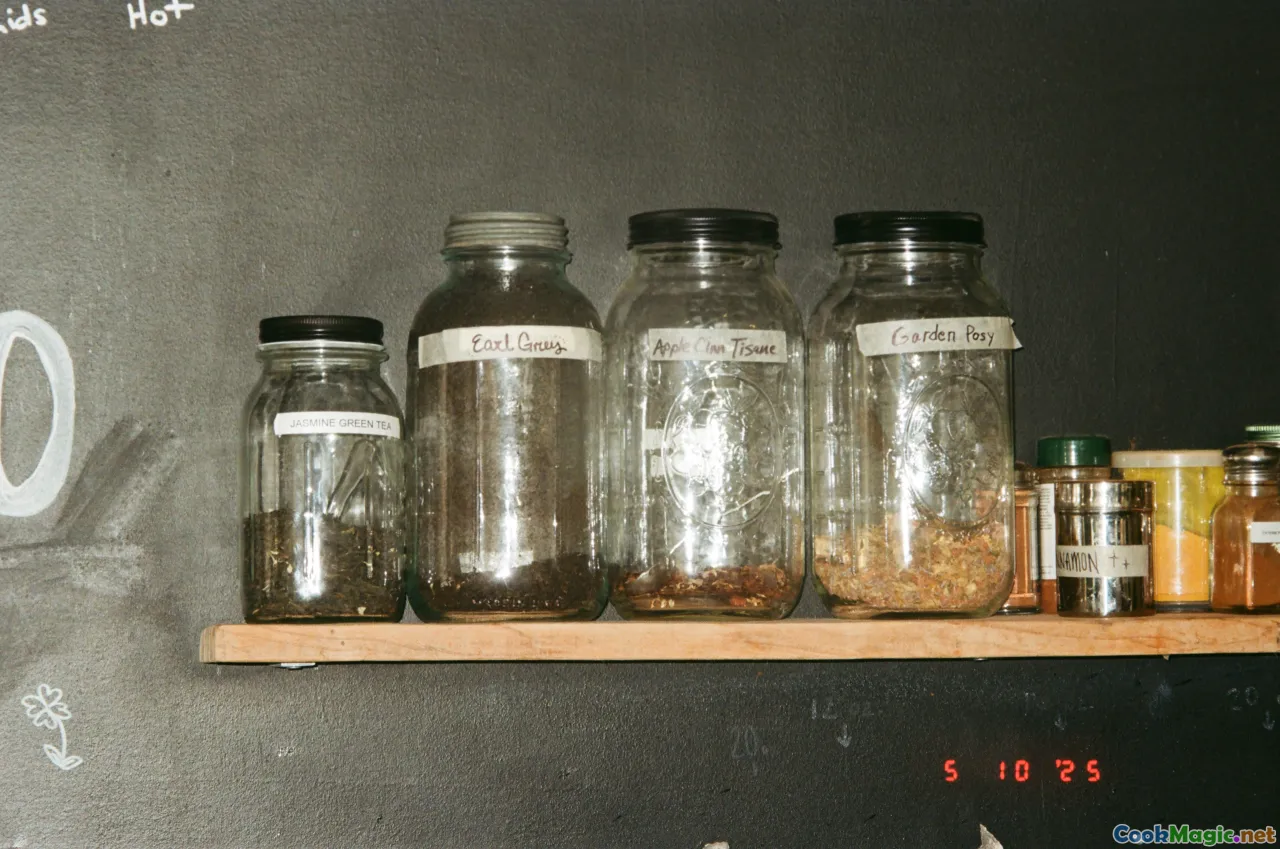
When I’m away from Saint Vincent and blackfish isn’t accessible, I aim for fidelity to process and sensation.
- For stew: Use hot-smoked mackerel or swordfish belly for fat and smoke; desalinate gently if heavily salted. Proceed with the caramel base, thyme, allspice, and Scotch bonnet. Mackerel will flake more, so cook slightly less.
- For rundown: Smoked marlin is superb. The firm texture stands up to coconut reduction. Add a bit of diced salt pork for the sense of silky fat if you want to mimic blubber’s texture—but keep the seasoning Vincentian.
- For souse: Any lean, firm smoked fish works. Keep acid bright and herb-forward.
What matters is the flavor architecture: smoke, salt, sweet, acid, heat, and thyme’s evergreen line running through. Respect the ratios, the patience, the green lift of culantro at the end, and you will be close to the soul of the dish.
Troubleshooting: Common Pitfalls, Easy Fixes

- Too salty: Extend the soak, blanch again, and simmer in fresh water for 10 minutes before proceeding. In a stew, add a diced potato to absorb salt; remove before serving if you like.
- Too tough: Keep simmering. Add a splash more liquid and low-simmer 15–20 minutes longer. Thin cuts can dry out; try chunkier pieces next time for braises.
- Too smoky: Balance with natural sweetness—extra tomato, a few rings of sweet pepper—or stir in a teaspoon of brown sugar during caramelization.
- Greasy mouthfeel: Whisk the sauce; add chopped greens or a splash of vinegar or lime to cut through. Serve with cucumber chow or pineapple slices alongside.
- Flat flavor: You may have been shy with thyme or allspice. Add a sprig, warm for 5 minutes, and finish with a fresh spoon of green seasoning or a quick squeeze of lime.
Notes from the Market: Language and Detail

You’ll learn a lot by listening. A few phrases and pointers I’ve jotted in my notebook over the years:
- Let me get two pound blackfish, belly piece if you have. Clear, respectful, specific.
- Wash it with lime, you hear? Advice offered freely, usually with a laugh.
- This one is hard smoke. Translation: soak and blanch longer.
- If they say cook it low-low, they mean it—gentle heat is not a suggestion.
- Look at the fat: It should be clean and pale, not yellowing. The smoke fragrance should smell like wood, not acrid.
And if someone presses a taste into your hand, accept it. You’ll learn more from a bite than from any recipe.
Blackfish Beyond the Plate: A Quiet History in Every Pot

The foodways of Saint Vincent and the Grenadines braid resourcefulness with celebration. In Barrouallie, blackfish represents both sustenance and skill, a living knowledge passed from grandfathers to sons and daughters, from aunties to nieces, refined around coal pots and gas flames. It carries debates too—about sustainability, about tradition’s place in the modern world—and those debates belong at the table alongside the stew, because food is never only food.
I think of Ms. Rhona’s hands, how they moved between knife and pot without hurry, how her eyes kept measuring without measuring cups. I think of the Kingstown Market’s chorus of vendors, the way they greet regulars by name. I think of a Saturday afternoon in Brighton, a yard filled with children whooping and adults shelling peas, a pot of rundown sending a coconut hush up into the breadfruit tree. If you ask me how to prepare authentic Vincentian blackfish, I’ll begin with a list of ingredients and methods. But I’ll end here:
Choose good company. Turn your phone down. Taste and taste again. Let thyme and allspice do their long work, and let lime speak last. Honor the ingredient. Eat with your fingers at least once, if only to remember the feel of the skin and sauce. Wipe your bowl with breadfruit. And if you are cooking far from the Grenadines, set something Vincentian on the table—a calabash, a photo, a sprig of bay—and cook until your kitchen smells like sea breeze passing through green hills. That is how the dish remembers home, and how home rises in the steam to meet you.









